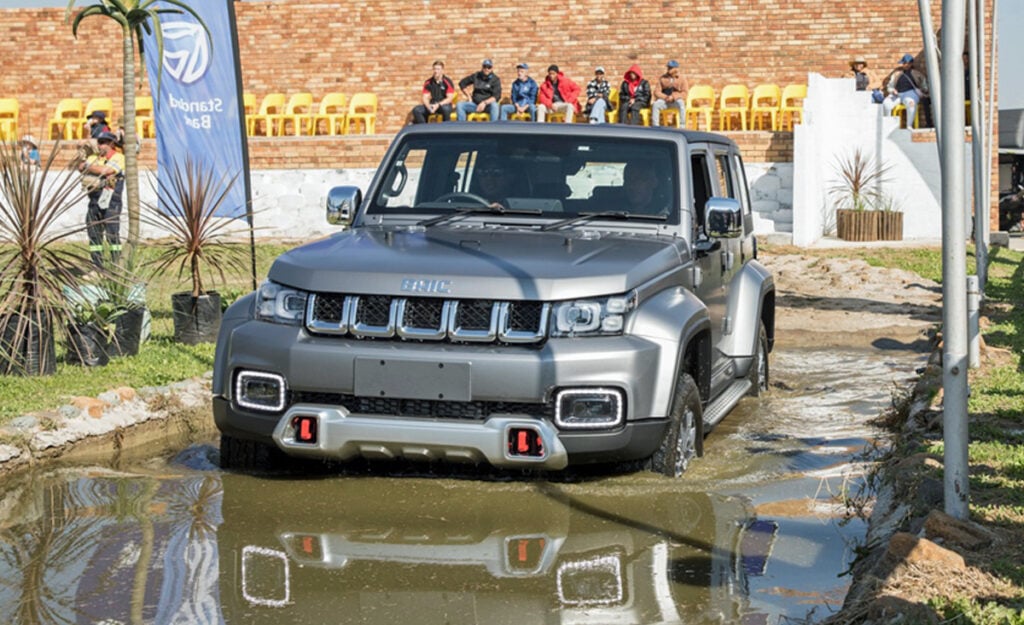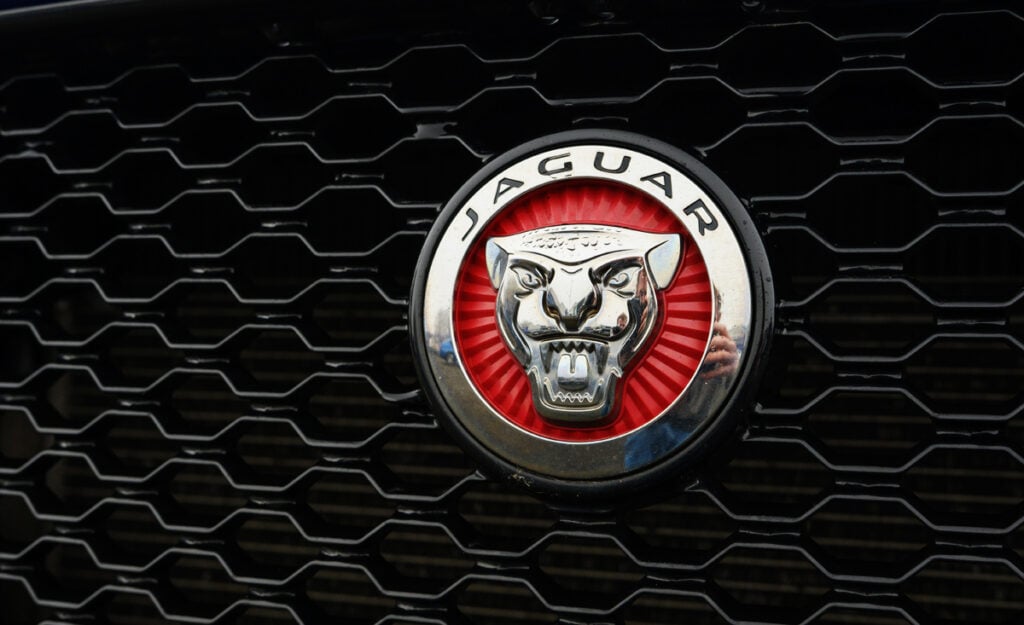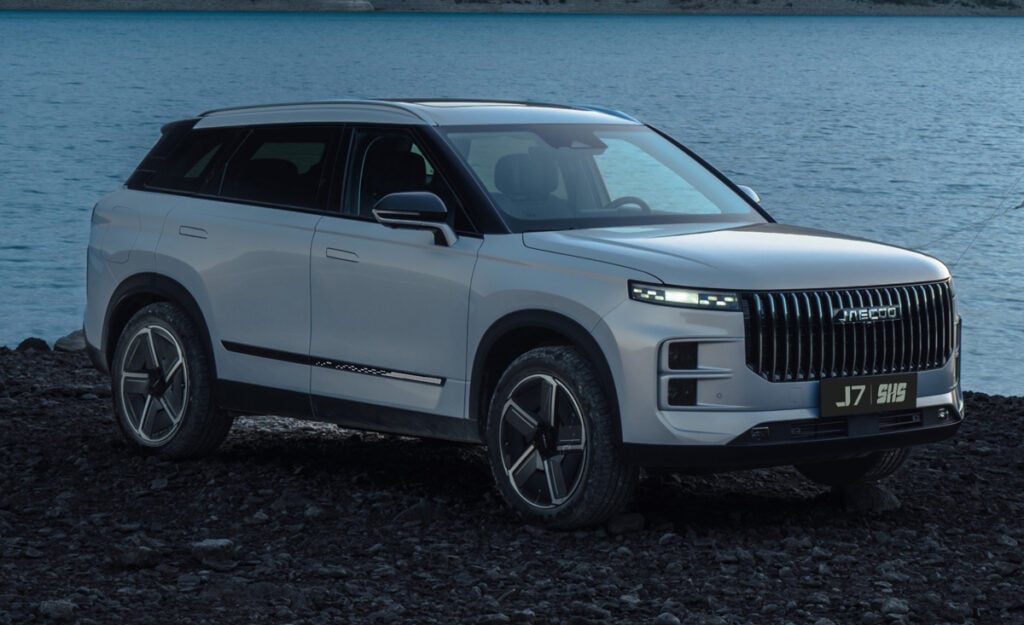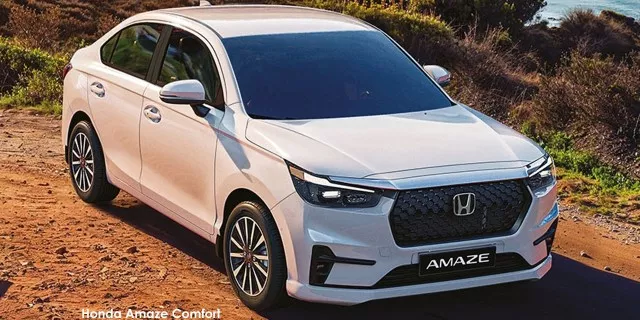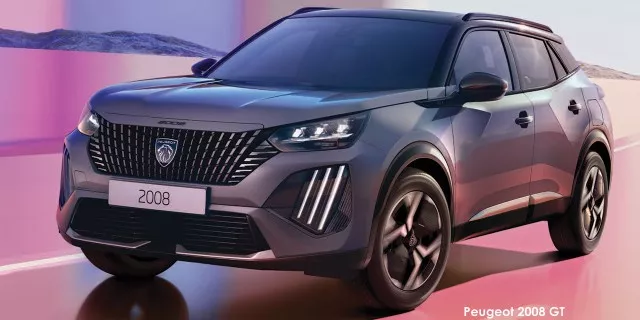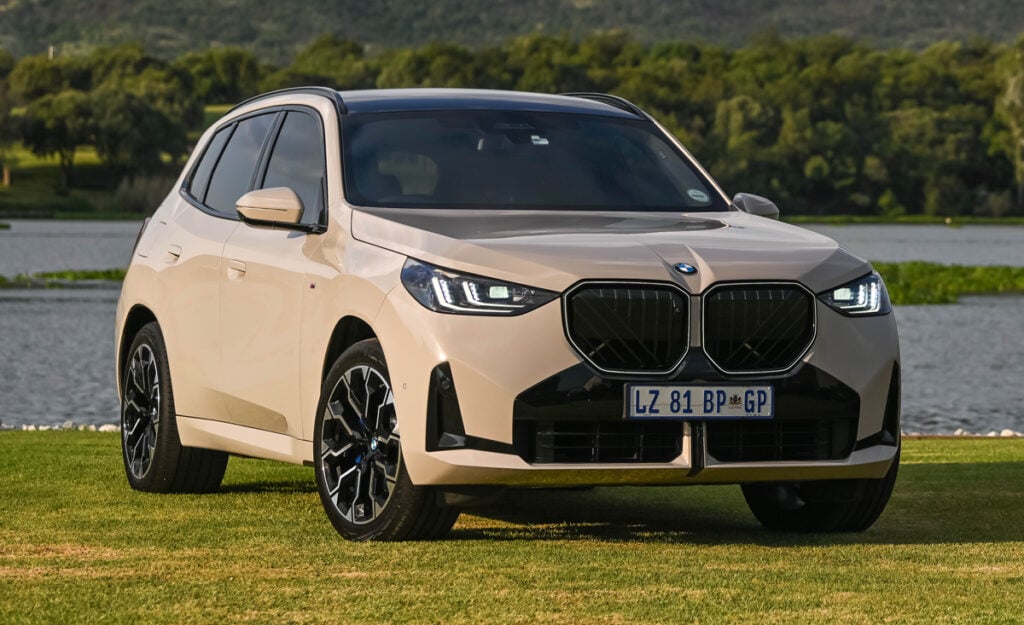
Government purchased 75 new BMW vehicles in the first quarter of 2025, according figures provided by Naamsa The Automotive Business Council.
As a result, the state was responsible for approximately 2% of the luxury manufacturer’s 3,244 sales for the period, which saw it secure a dominant 40.6% share in the premium segment.
While the data doesn’t indicate which BMW models in particular government bought, it does break down the classes of the various vehicles.
We can see that the authorities’ purchases were split between the following segments:
- B Small – 9 units sold
- C Medium – 15 units sold
- D Large – 1 unit sold
- E Luxury – 3 units sold
- G SUV – 37 units sold
- X Crossover – 10 units sold
These categories are largely determined by the vehicle’s size, target market, and price.
With BMW having several offerings in select segments, it’s tough to determine exactly which models government preferred.
That said, the top-selling segment was the G segment, which according to Naamsa is classified as SUVs.
We know that BMW produces the X3 on South African soil at its Rosslyn, Gauteng plant; and that government urges its departments to prioritise locally built vehicles when acquisitions are made.
From this, we can speculate that the X3 was most probably the top performer in terms of government purchases.
The high-end SUV retails from a minimum of R1,136,417, though the state does enjoy certain discounts when buying vehicles so it’s unlikely that it paid full price.
BMW’s sales per channel for the first quarter of 2025, as per Naamsa, were:
| Sales channel | Total sales |
|---|---|
| Dealers | 2,364 |
| Corporate fleets | 557 |
| Rental industry | 248 |
| Government | 75 |
| Total | 3,244 |
How, why, and when government buys cars
Motor vehicles are seen as tools that enable ministers to efficiently and effectively execute their duties.
When taking up office, every minister is provided with one vehicle in Pretoria and Cape Town, the legislative and administrative capitals of the nation, respectively.
The Ministerial Handbook notes that total purchase price of a staff vehicle, including warranties, service plans, and safety upgrades, may not exceed 70% of the annual remuneration package of a minister.
As such, the higher a minister’s pay, the nicer car they’ll get to perform their job.
In terms of the latest Ministerial Handbook, the department heads must use these vehicles unless they are deemed replaceable.
This only happens if a car surpassed 120,000km or five years of age, or if they experience serious mechanical problems and are in poor condition.
In the event of the latter, a detailed mechanical report by the vehicle manufacturer or approved dealer is required before it’s replaced.
When a new service car is to be procured, it must be done through the transversal contract concluded by the National Treasury for the procurement of bulk motor vehicles in consultation with the Minister of Police.
The cost of this car is covered by the budget of the relevant department, which is allocated to it by the Treasury. Similarly, expenses related to tyres, fuel, oil, toll fees, and repairs are also covered

